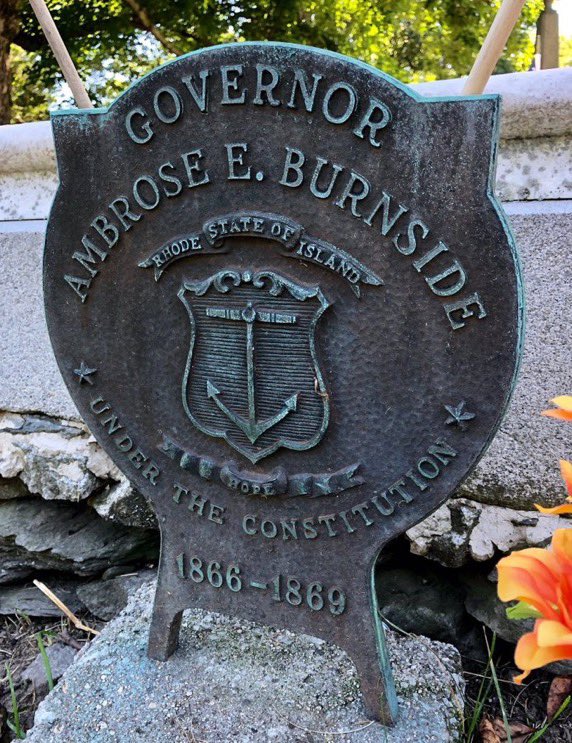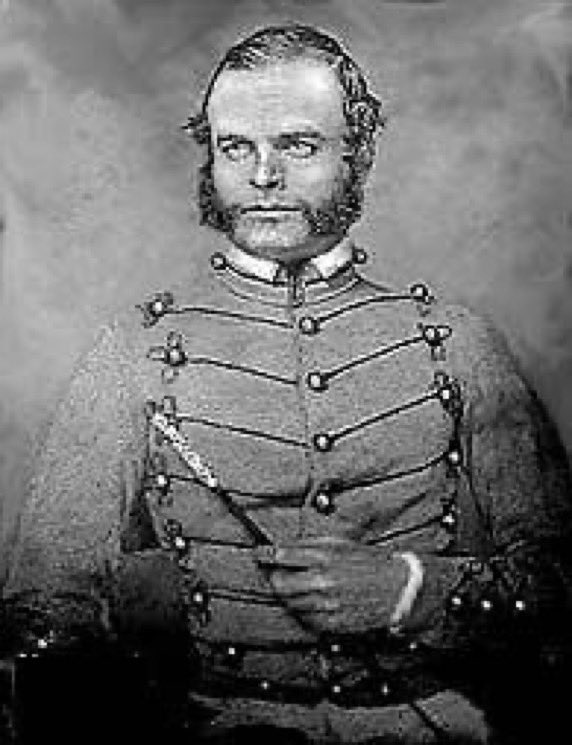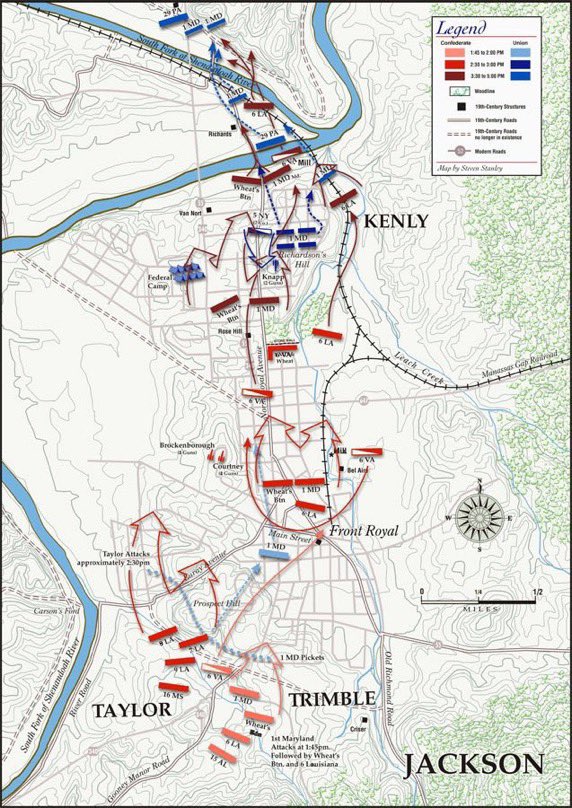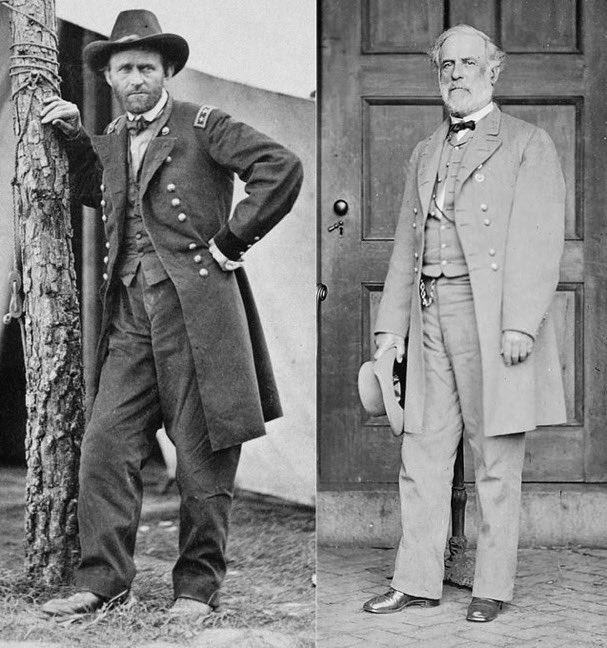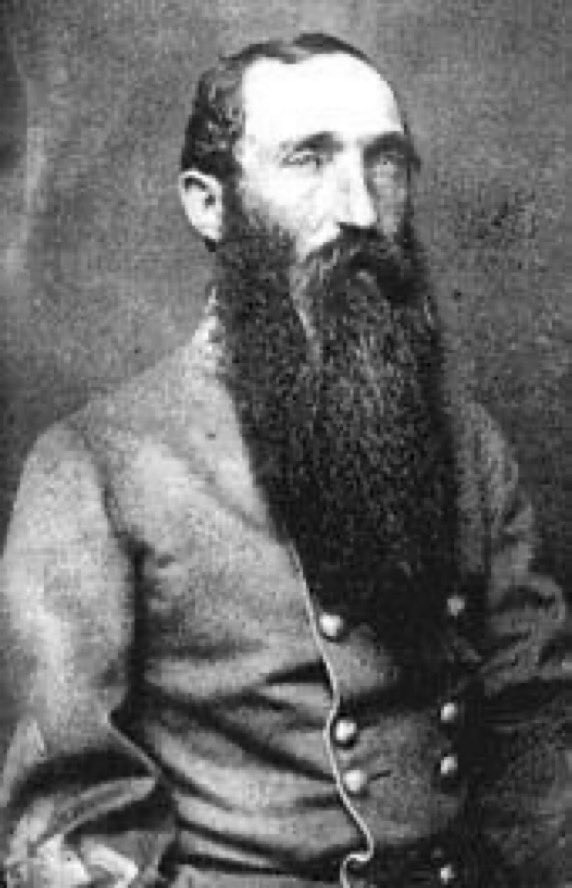John Wilkes Booth, the murderer of President Abraham Lincoln, was found and killed by a detachment of @USArmy soldiers #OTD in 1865, in a tobacco barn on the Garrett Farm near Port Royal, Virginia. #CivilWar #ConfederateHeritageMonth 🧵 





Having escaped from Washington after the assassination, Booth spent nearly two weeks evading capture and seeking treatment for the leg he injured when he jumped to the @fordstheatre stage. He was accompanied by David Herold, one of his co-conspirators. #ConfederateHeritageMonth 



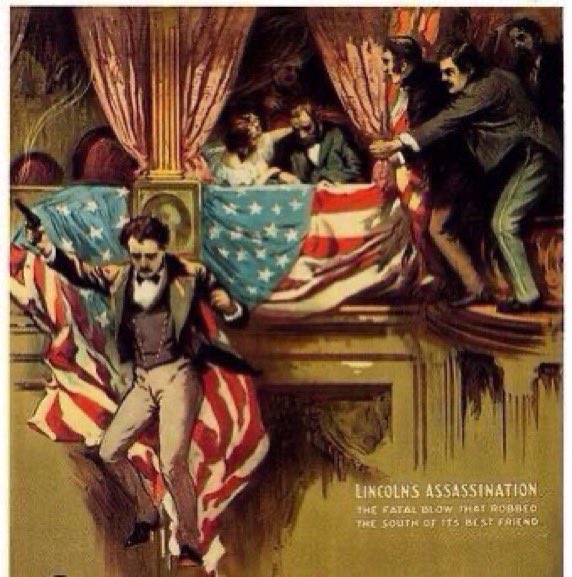



They were guided to the Garrett Farm by a former confederate solider, Willie Jett. The Garrett family was unaware of who Booth was, or even that Lincoln had been assassinated, since the confederate mail system had stopped. #ConfederateHeritageMonth 



A reward for Booth's capture had been set, and a detachment of the 16th New York Cavalry had been sent to track him down. They were commanded by Lt. Edward Doherty, and were accompanied by Lt. Col. Everton Conger, an intelligence officer. #ConfederateHeritageMonth 







They found Jett, and after interrogation by Conger, he admitted that Booth was hiding in the Garrett's barn. The detachment arrived at the barn in the pre-dawn hours of April 26, and ordered Booth and Herold to surrender. Herold did, but Booth refused. #ConfederateHeritageMonth 

Conger set fire to the barn, but before Booth could leave it, Sgt. Boston Corbett saw Booth moving inside and shot him. The bullet went through Booth's neck, severing his spine. He was pulled from the barn and brought to the porch of the farm house. #ConfederateHeritageMonth 





Paralyzed by the bullet, Booth asked the soldiers to raise his hands so he could see them. Looking at them, he said “Useless, useless". Seeing Jett nearby, he asked "Did Jett betray me?" These were his final words before dying on the porch at sunrise. #ConfederateHeritageMonth 



• • •
Missing some Tweet in this thread? You can try to
force a refresh




